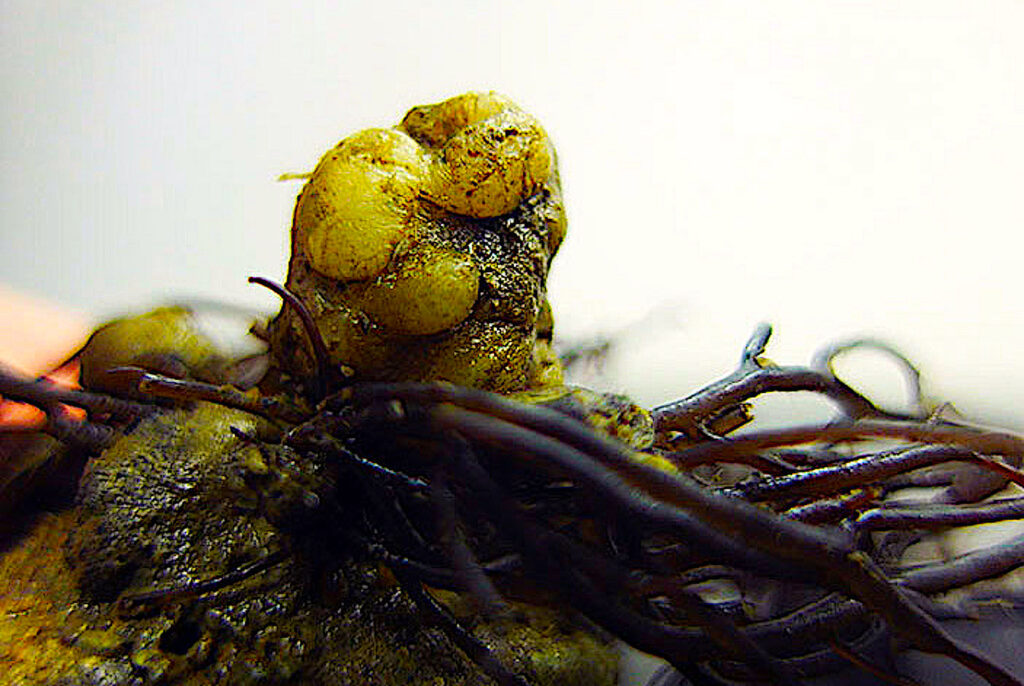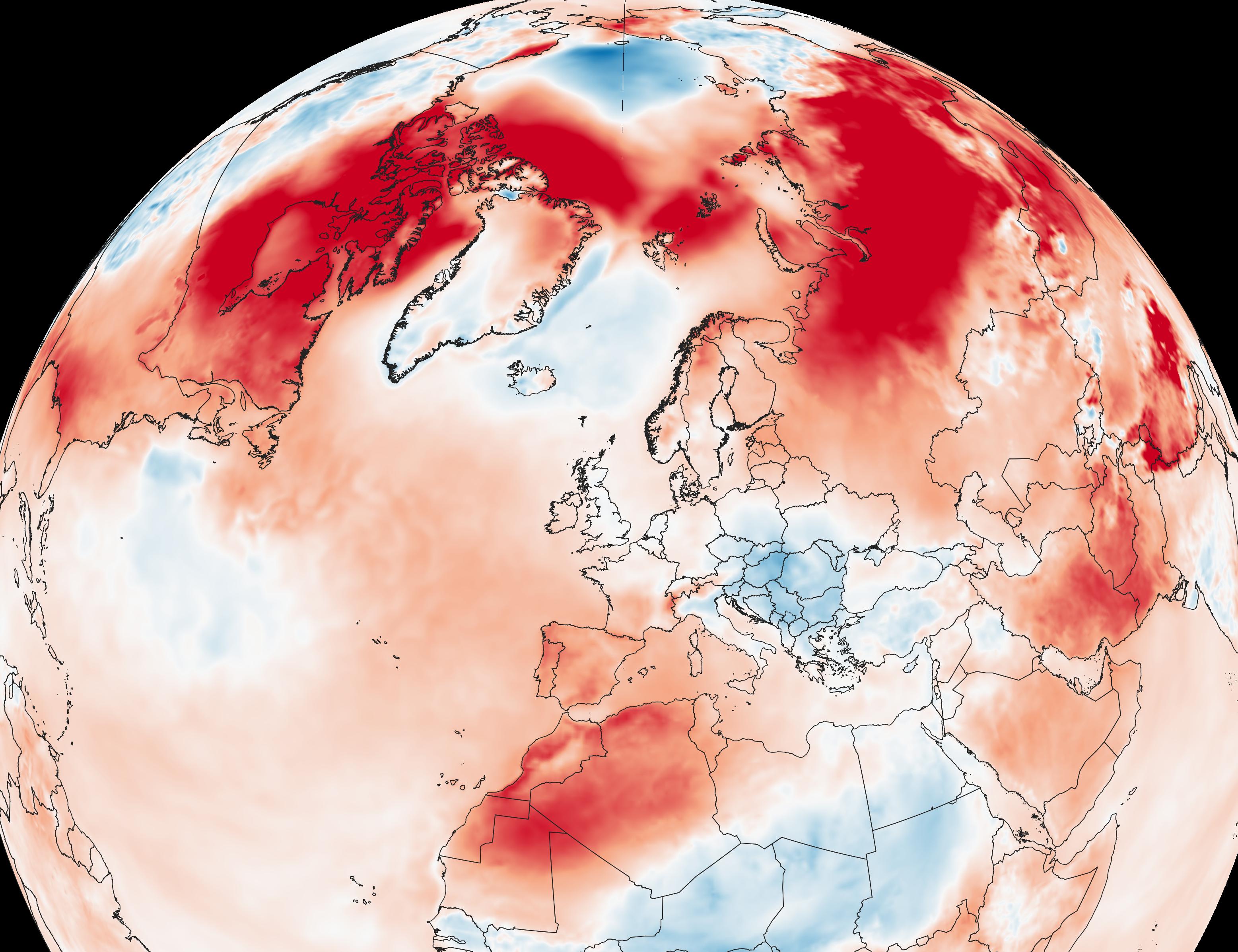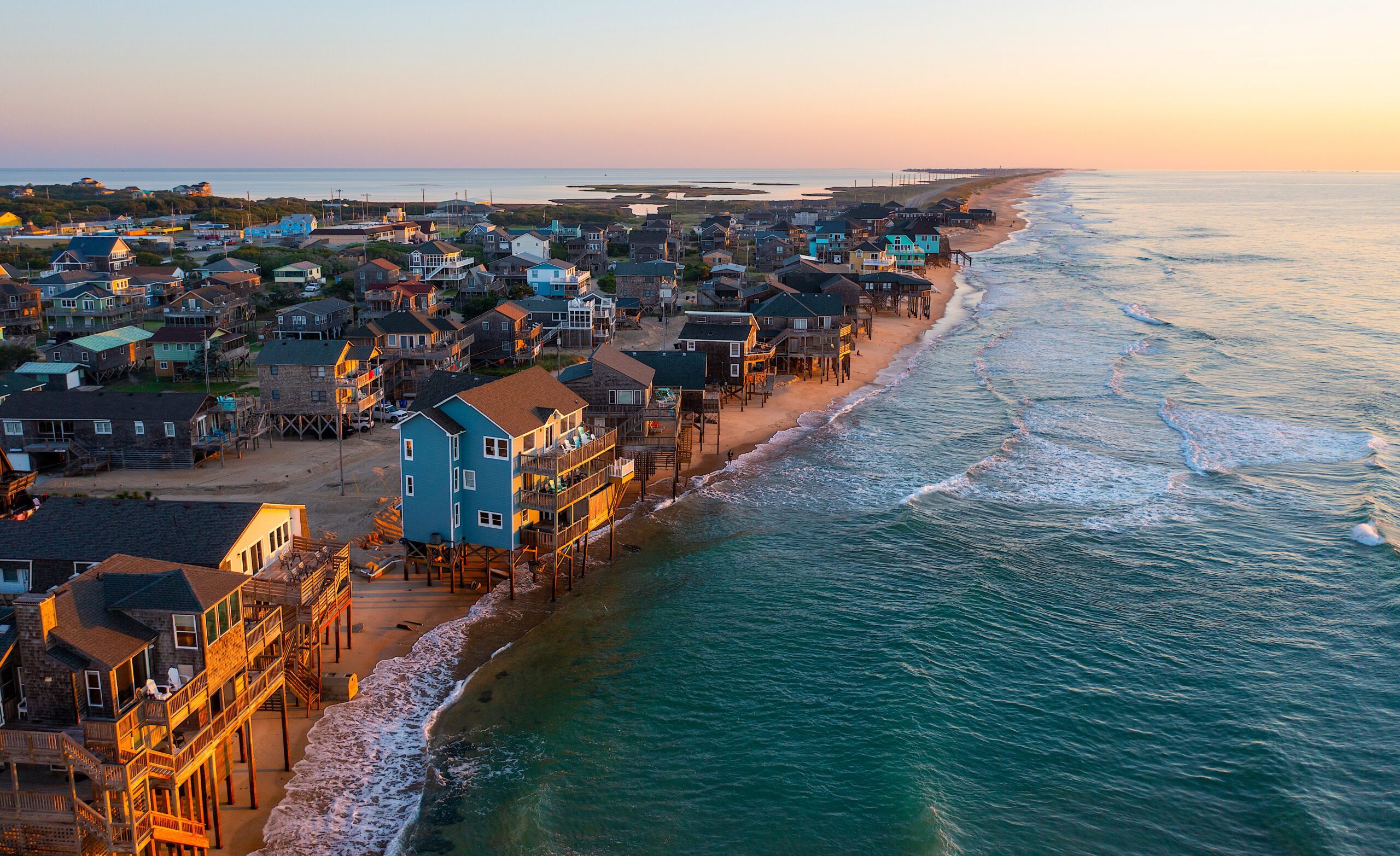
More species are moving northward into Mid-Atlantic waters.
“Fouling” species — such as sea squirts, bivalves, barnacles, and seaweeds — can create substantial communities that cover docks, piers, and boat bottoms. This biofouling, which may be increasing in certain regions with warming waters, in turn can require constant cleaning and maintenance.
I was part of a team of 18 scientists and students from across the Atlantic seaboard that performed the first ever large-scale “Rapid Assessment Survey” in the Mid-Atlantic region, examining 10 busy marinas along coastline from Virginia to New Jersey. Rapid Assessment Surveys cover multiple sites within a region and record the community diversity and dominant organisms at each site.
These surveys are a tool for documenting species that are spreading into new locations as a result of direct and indirect human mechanisms, including commercial and recreational shipping and climate change. Because this method can allow for early detection of new species, it can provide helpful information to managers both for responding to recent invasions and preventing secondary spread or future invasions.
To date, there have only been a handful of biofouling studies in our sampling region. These predominantly have been localized — and largely conducted over 50 years ago.
Our Study
Our leadership team included Amy Fowler (George Mason University), Jim Carlton (former director of the Williams-Mystic Program), and Judy Pederson (former director of the MIT-Sea Grant Program). For our Rapid Assessment Survey, we used the successful design that Carlton and Pederson established 20 years ago for use in the Northeast.
Our goal was to create a modern-day baseline of non-native biofouling species in this era of rapid changes in climate and habitat, as well as increasing global and coastal shipping traffic.
Significant changes in the composition of species have likely occurred over the past few decades.
We found non-native species to be among the most abundant species at 9 out of the 10 communities we sampled from the lower Delmarva Peninsula to Sandy Hook Bay, New Jersey. More than a half-dozen of the 25 non-native species we documented were not previously from Mid-Atlantic waters.
While we still need to identify many of the species we detected, we were able to uncover significant new records of “Caribbean Creep”: tropical/subtropical species moving northwards into the warming waters of the Mid-Atlantic. An example is the large mushroom-shaped sea squirt, Distaplia, a group that scientists previously found no further north than Florida and the Caribbean.
We also discovered new records of non-native Asian species, including a golf-ball-sized sea squirt, Styela plicata (above), which is now expanding northward from Virginia to Maryland.
Why It Matters
Without scientists, students, managers, and others looking closely for new establishments of non-native and range-expanding species (even the small, cryptic species), it can become exceedingly challenging to respond — especially to those that could become nuisance species or negatively impact biodiversity. We hope our baseline data can be used for future Rapid Assessment Surveys in the region to continue to examine changes in the composition of species and biodiversity over time.
Read More
Pederson J, Bullock R, Carlton J, Dijkstra J, Dobroski N, Dyrynda P, Fisher R, Harris LG, Hobbs N, Lambert G, Lazo-Wasem E. “Marine invaders in the northeast: Rapid assessment survey of non-native and native marine species of floating dock communities,” August 2003. MIT Sea Grant Technical Reports. 2005.
Canning‐Clode J, Carlton JT. “Refining and expanding global climate change scenarios in the sea: Poleward creep complexities, range termini, and setbacks and surges.” Diversity and Distributions. 2017 May; 23(5):463-73.
Pederson J, Carlton J, Bastidas C, David A, Grady S, Green-Gavrielidis L, Hobbs NV, Kennedy C, Knack J, McCuller M, O’Brien B. 2019. “Rapid Assessment Survey of marine bioinvasions of southern New England and New York, USA, with an overview of new records and range expansions.”
April Blakeslee is an associate professor of biology at East Carolina University, whose research interests include invasion ecology, marine/estuarine ecology, parasite ecology, and evolutionary ecology. She has published over 60 peer-reviewed papers and book chapters and serves as deputy editor-in-chief for BioInvasions Records and associate editor for Aquatic Invasions and Diversity and Distributions. She also is an appointed member of the Working Group on Introduction and Transfers of Marine Organisms through the International Council for the Exploration of the Sea and currently serves as vice president of the Eastern North Carolina Chapter of Graduate Women in Science. She received her Ph.D. from the University of New Hampshire.
This story originally appeared in North Carolina Sea Grant’s award-winning Hook, Line & Science series.
- Categories:


